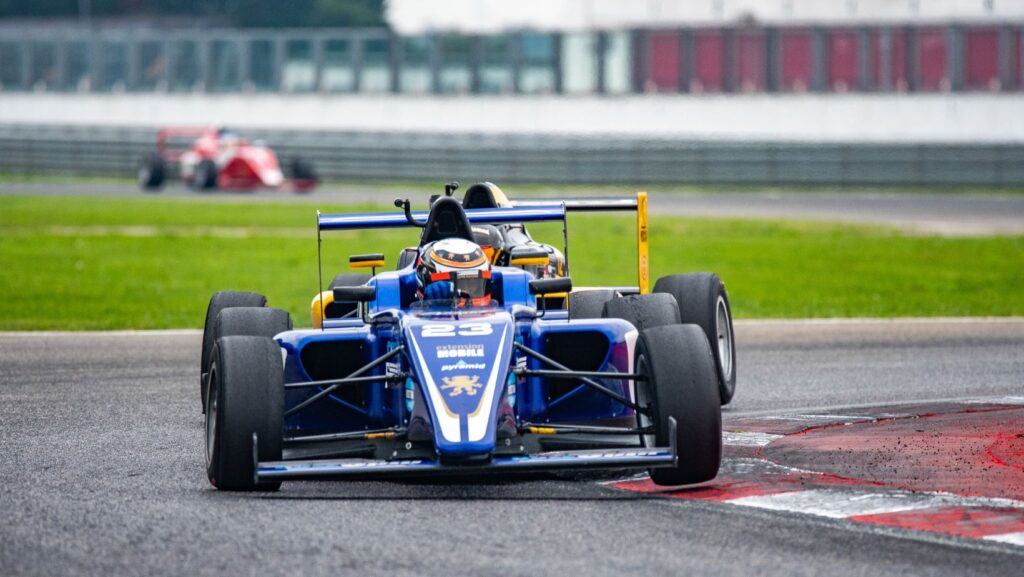Contrasting Histories, Racing Styles and Future Paths: Indy Car vs Formula 1
Indy Car vs Formula 1
Indy Car vs Formula 1, two of the most prestigious motorsport series globally, have rich histories that trace back several decades. Both championships have evolved significantly over the years, shaping the landscape of professional racing.
Origins of Indy Car
IndyCar, short for American Championship Car Racing, originated in the United States in the early 20th century. The Indianapolis 500, first held in 1911, is one of the oldest and most iconic races in the world. IndyCar racing grew in popularity, attracting top drivers and teams, with a mix of oval and road course races becoming a defining feature of the series.
Evolution of Formula 1
On the other side of the Atlantic, Formula 1 emerged in Europe in the 1950s as the pinnacle of single-seater racing. The FIA Formula One World Championship, inaugurated in 1950, has since become synonymous with cutting-edge technology and engineering excellence. Formula 1 circuits host races in various countries, showcasing high-speed competition on renowned tracks like Monza, Silverstone, and Monaco.
Milestones and Innovations
Indy Car vs Formula 1 have been at the forefront of innovation in motorsport. IndyCar introduced the concept of the rearview mirror in racing as early as the 1910s, enhancing driver safety and situational awareness. On the other hand, Formula 1 has been a breeding ground for technological advancements in aerodynamics, hybrid power units, and materials, pushing the boundaries of what is possible on the racetrack.

Racing Formats in Indy Car and Formula 1
Indy Car vs Formula 1 have distinct racing formats that set them apart in the world of motorsports.
IndyCar Racing Format:
- Oval Tracks: IndyCar races on a combination of oval tracks and road courses.
- Format: Races are typically longer, with events lasting around 200 to 500 miles.
- Race Strategy: Pit stops play a crucial role in strategy, with teams adjusting tire compounds and fuel loads.
- Full Course Cautions: Races often feature full course cautions, where the entire track goes yellow, leading to strategic decisions by teams.
- Circuit Racing: Formula 1 exclusively races on road courses known for their twists, turns, and elevation changes.
- Format: Races are set for a specific number of laps, typically around 190 to 310 miles in total distance.
- Pit Stops: Pit stops are quick and precise, focusing on tire changes and minor setup adjustments.
- Virtual Safety Car: Instead of full course cautions, Formula 1 utilizes a Virtual Safety Car, which restricts speeds but maintains track position.
The racing formats in Indy Car vs Formula 1 cater to different styles of competition, from the endurance-focused strategy of IndyCar on varied tracks to the precise and high-speed battles on Formula 1’s iconic circuits. Each series offers a unique racing experience for fans and drivers alike, showcasing the diversity and excitement of top-tier motorsport.

Differences in Driving Techniques
IndyCar Driving Techniques
In IndyCar racing, drivers need versatility to adapt to diverse track types, including oval circuits and road courses. With oval tracks featuring high-speed close racing, drivers must master drafting techniques to gain speed and overtake opponents. They navigate these tracks with precise handling while constantly adjusting to the aerodynamic challenges posed by cars’ close proximity.
On road courses, IndyCar drivers focus on managing tire wear and fuel consumption during longer races. They must execute strategic pit stops to change tires and refuel efficiently, crucial for maintaining a competitive position. IndyCar races often involve intense battles for positions, requiring drivers to showcase aggressive yet calculated driving skills to outmaneuver rivals.
Formula 1 Driving Techniques
Formula 1 races exclusively on road courses, emphasizing high-speed cornering, braking efficiency, and aerodynamic performance. Drivers must exhibit exceptional braking control to tackle tight corners at optimal speeds without losing traction. Mastering cornering techniques is vital in Formula 1 as it directly impacts lap times and overall race performance.
Quick pit stops are a hallmark of Formula 1 racing, demanding rapid reactions and precise coordination between the driver and the pit crew. Pit strategies play a significant role in race outcomes, with teams making split-second decisions to capitalize on opportunities and gain a competitive edge.
Overall, the distinct driving techniques in Indy Car vs Formula 1 underline the varying demands and challenges faced by drivers in each series, showcasing the diverse skill sets and strategic approaches essential for success in top-tier motorsport.

